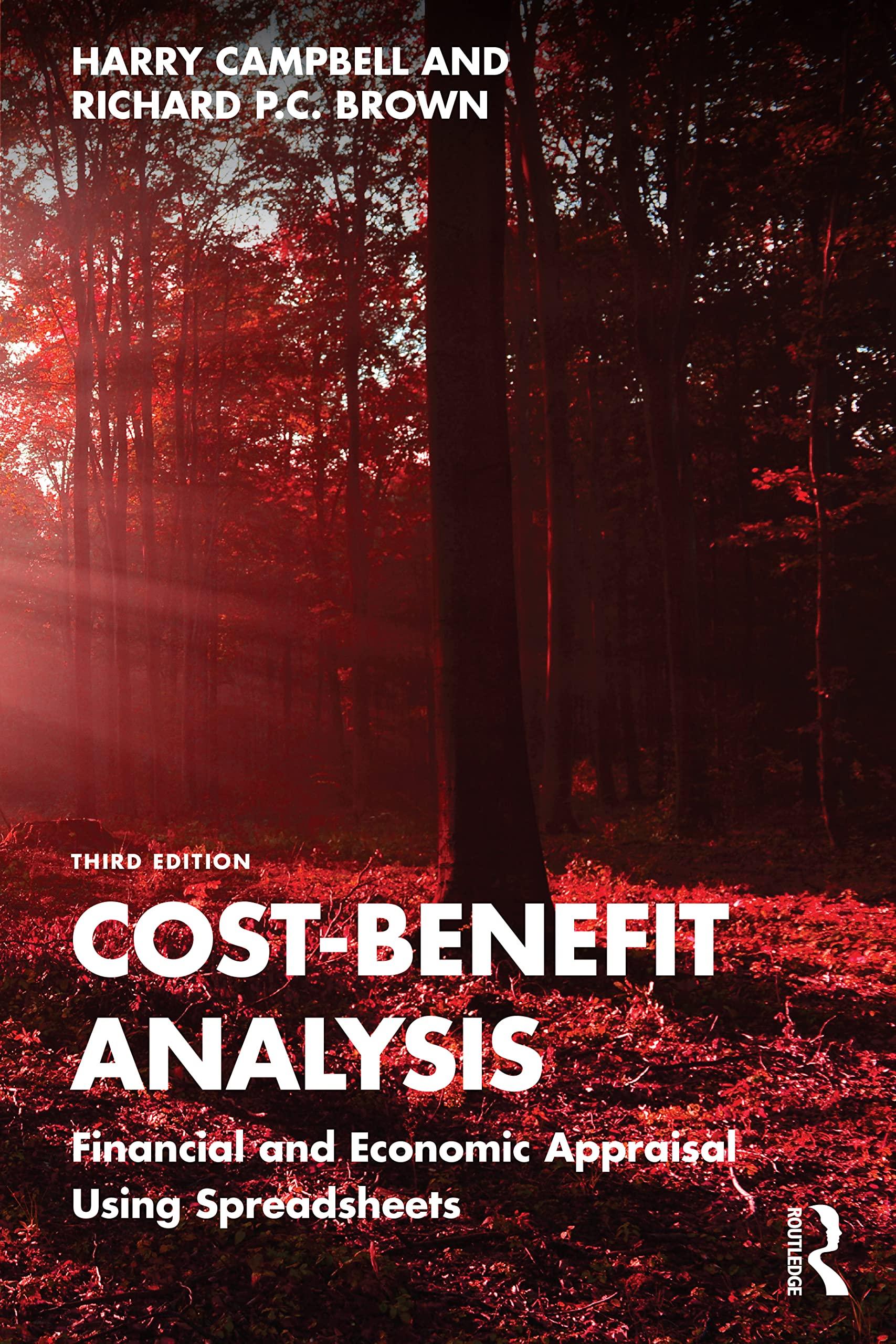Question
Moonshot Systems is a multidivisional firm and each division has a distinct risk-return profile. While the the portfolio of three divisions defines the Business Risk
Moonshot Systems is a multidivisional firm and each division has a distinct risk-return profile. While the the portfolio of three divisions defines the Business Risk of Moonshot Systems as a multidivisional firm, each division has unique business risk. This creates a potential resource allocation problem if the firm uses a corporate weighted average cost of capital or a hurdle rate (a minimum required rate of return in each investment project or some threshold return requirement).
This resource allocation problem emerges because some high risk division projects are likely to be tested against a lower rate of return requirement than a rate that would be compatible with higher risk projects. In contrast, some lower risk division projects will be tested against a higher rate of return than a rate that would be compatible with lower risk projects. In other words, an across the board rate of return requirement like corporate WACC will likely favor expansion of risky divisions at the expense of lower risk divisions and create skewed corporate structure. This practice is also likely to create some incentive problems by skewing managerial compensation.
These problems suggest that when business risks vary significantly across the divisions, utilization of divisional weighted average cost of capital makes economic sense.
Data for Cost of Debt:
Suppose the best estimate of the 10-Year Treasury Note Yield for the investment horizon is 2.75%.
| Business Segments | Credit Rating | D/V | Credit Spread |
| Consolidated | A+ | 40.00% | 1.62% |
| Power | BBB | 50.00% | 2.40% |
| Aviation &Aerospace | A+ | 25.00% | 1.60% |
| Helathcare Technologies | AA- | 35.00% | 1.30% |
Note: D/V ratios are based on market values
Data for Cost of Equity:
Suppose the most recent estimate of EMRP for long term investments is 5.6%. To estimate divisional equity betas use the following data associated with comparable firms in each business segment:
Power Segment
| Comparable Companies | D/E | Tax | Equity Beta |
| Voith Hydro Inc | 0.70 | 21% | 1.40 |
| American Power Group Corp | 0.90 | 21% | 1.63 |
| Arconic | 0.41 | 21% | 1.39 |
| Alcoa Howmet | 0.80 | 21% | 1.68 |
| Greenbrier | 0.77 | 21% | 1.58 |
| Trinity | 0.85 | 21% | 1.49 |
| Vossloh | 0.92 | 21% | 1.59 |
Aviation &Aerospace
| Comparable Companies | D/E | Tax | Equity Beta |
| Northrop | 0.25 | 21% | 0.78 |
| General Dynamics | 0.30 | 21% | 0.9 |
| Lockheed Martin | 0.13 | 21% | 0.95 |
| United Technologies | 0.38 | 21% | 1.22 |
| Sprit Aeorsystems | 0.26 | 21% | 1.17 |
| L3Harris | 0.16 | 21% | 0.9 |
| Textron | 0.42 | 21% | 1.3 |
Healthcare Technology
| Comparable Companies | D/E | Tax | Equity Beta |
| Stryker Corporation | 0.27 | 21% | 0.8 |
| Boston Scientific | 0.19 | 21% | 0.77 |
| Becton Dickinson and Company | 0.28 | 21% | 1.1 |
| Baxter | 0.07 | 21% | 0.89 |
| Hologic | 0.19 | 21% | 0.76 |
| Zimmer Biomet | 0.27 | 21% | 1.14 |
| Varian Medical Systems | -0.01 | 21% | 0.85 |
-
Use the data provided above to estimate the cost of debt for each division.
Power Segment
Aviation &Aerospace
Healthcare Technology
-
Use the data provided above to estimate the cost of equity for each division.
Power Segment
Aviation &Aerospace
Healthcare Technology
-
Use the data provided above to estimate WACC for each division. Assume that divisional tax rates will be 21%, 15% and 18% for Power, Aviation/Aerospace and Healthcare Technology divisions respectively based on estimates developed by corporate accounting group.
Power Segment
Aviation &Aerospace
Healthcare Technology
-
Discuss the implications of using a corporate hurdle rate of 8% for all investment projects for the Moonshot systems.
-
Suppose in the long run corporate capital is expected to be allocated in the following percentages:
-
-
Power: 25%
-
Aviation and Aerospace:35%
-
Health Care Technologies: 40%
-
Assuming an average tax rate of 20%, estimate the corporate WACC for the Moonshot Systems. Briefly discuss your methodology used in your calculation.
Step by Step Solution
There are 3 Steps involved in it
Step: 1

Get Instant Access to Expert-Tailored Solutions
See step-by-step solutions with expert insights and AI powered tools for academic success
Step: 2

Step: 3

Ace Your Homework with AI
Get the answers you need in no time with our AI-driven, step-by-step assistance
Get Started


